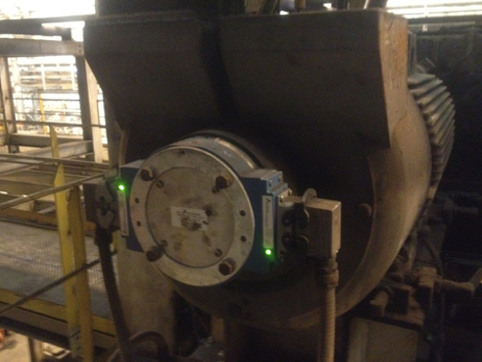Speed Sensors
The Dictionary.com definition for Tachometer:
[ta-kom-i-ter, tuh-]
any of various instruments for measuring or indicating velocity or speed
So tachometers are speed measurement devices. Their use in the metals industry goes back decades to the development of analog drive control systems.
This blog will introduce the three main types of speed feedback devices from a historical perspective and discuss their uses in metals processes.
Tach-Generators-State-of-the-art…..in 1950!!
For many years, the standard type of tachometer used was a Tach-Generator shown below
The output signal is a voltage proportional to the rotational speed (i.e. 100 volts per 1,000 RPM) which was used to provide speed feedback to the closed-loop controller driving the metals process. There were inherent problems with using an analog device as feedback to the controller. Any inaccuracy or drift inherent in the device directly translated to inaccuracy and drift in the driving motor control and a degradation of performance to the metals process.
Brushless Tachs-State-of-the-art…..in 1980!!
The Brushless Tachometer was a frequency-to-voltage converter module that accepted the frequency output of the pulse generator and converted it onto an analog voltage for the drive system feedback. The Brushless Tachometer was more accurate and did not drift with environment or mechanical fluctuations.
Drives Grow Up-Direct Encoder Feedback-Today’s State-of-the-Art
Newer, fully-digital drives accept the frequency directly from an encoder, shown below, without the need for voltage conversion.
The use of encoders for speed feedback for metals control systems has been the industry standard since the late-1990s. Current development efforts are concentrated on maximizing reliability.
For more detailed information about rotary sensors in the metals industry, download my white paper entitled "Metals Industry Speed Feedback Devices" here:
Interested in regular updates about rotary sensors in the metals industry, including the pros and cons of tach-generators, incremental encoders, selsyns, resolvers and absolute encoders? Sign up for our blog update below:
